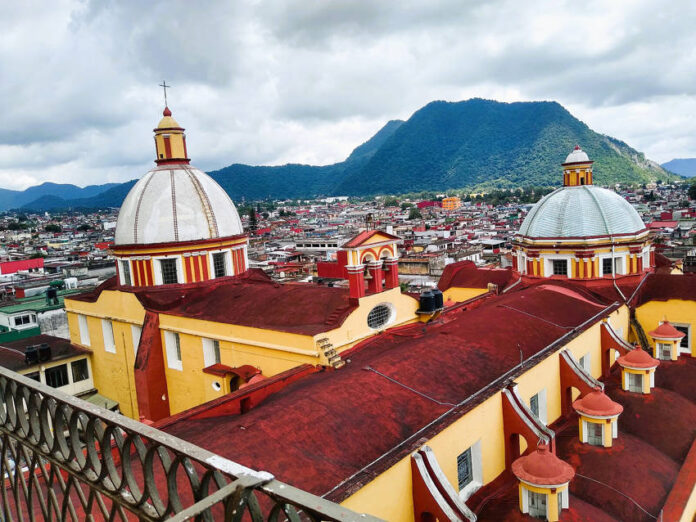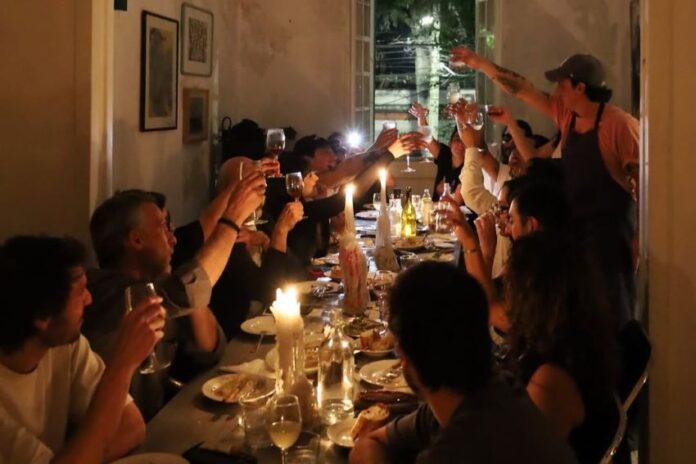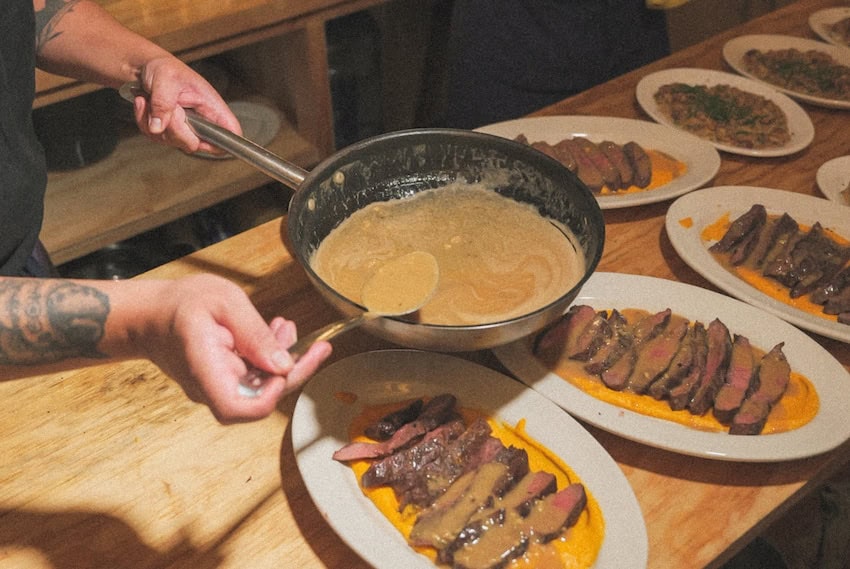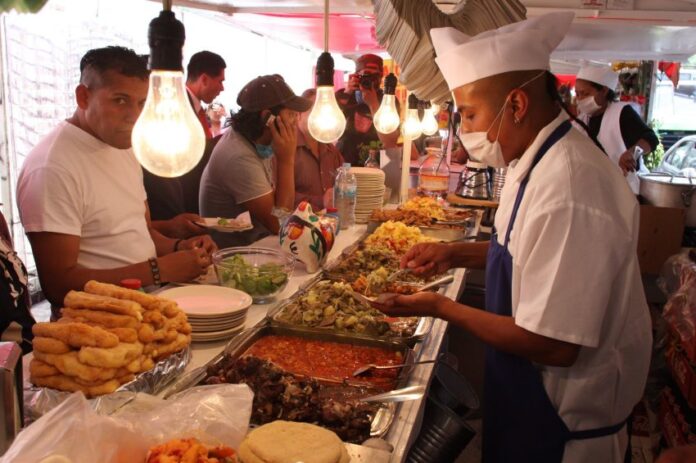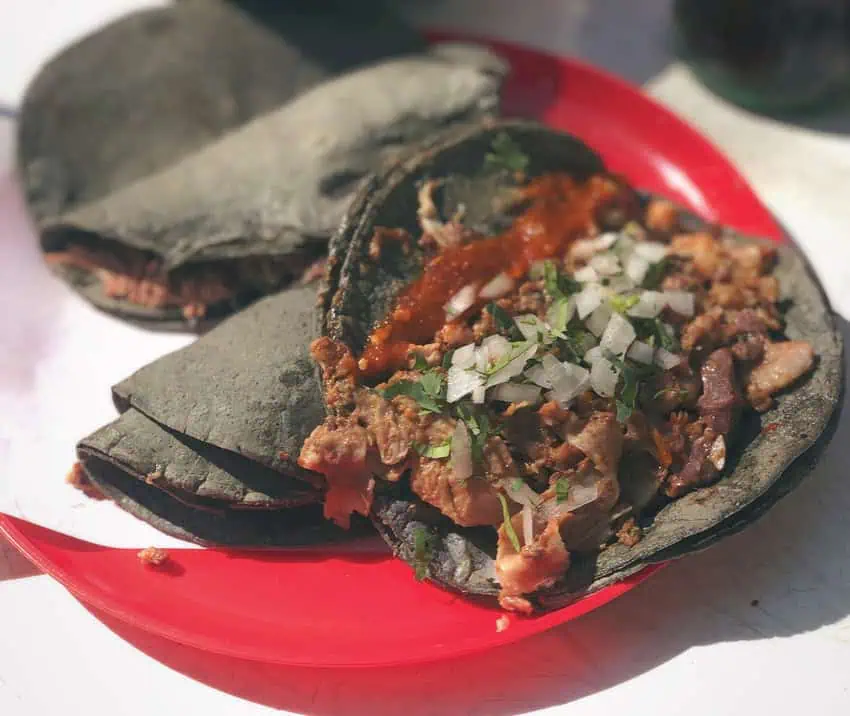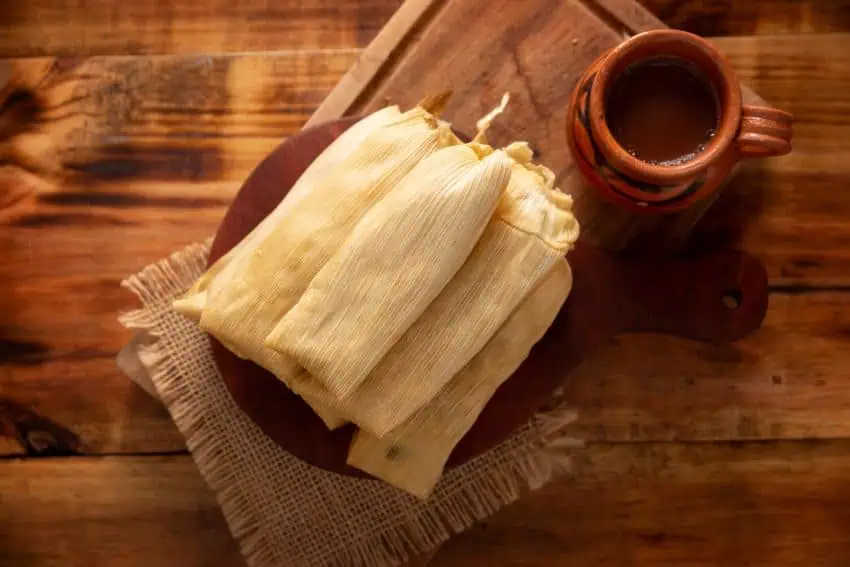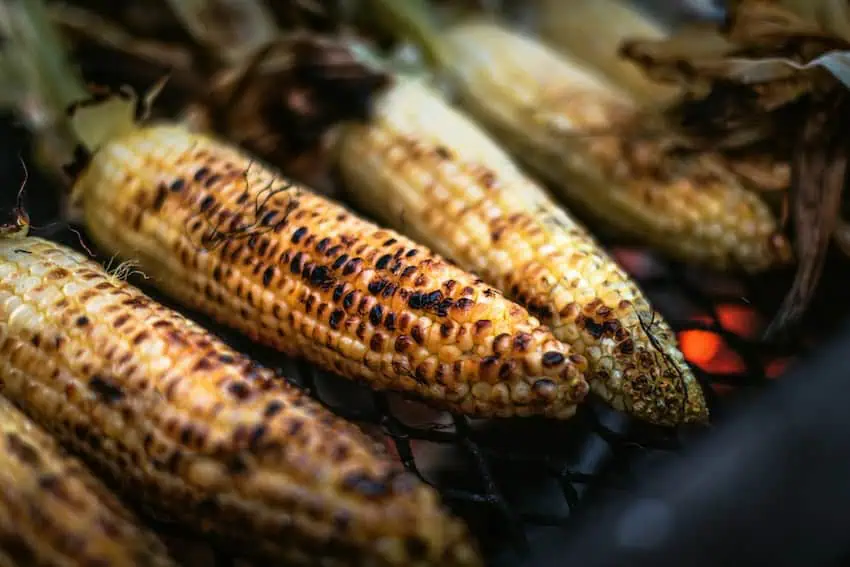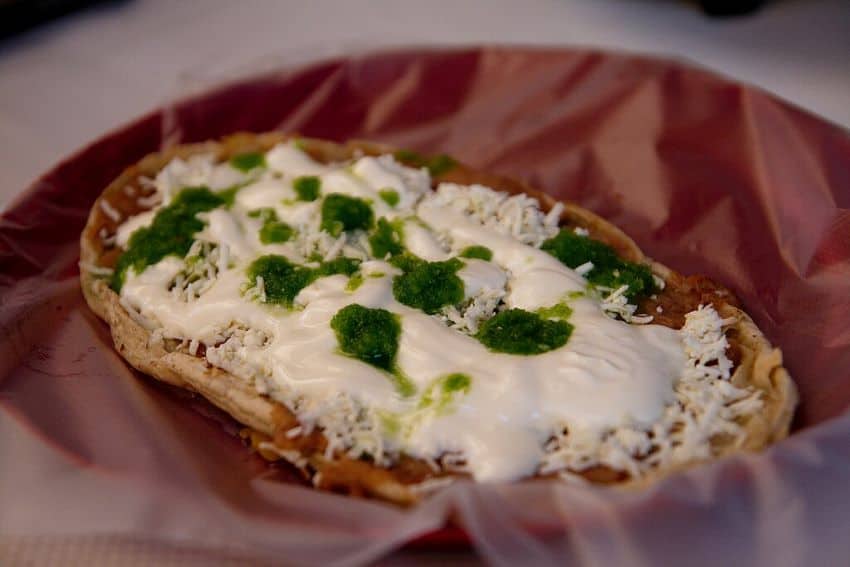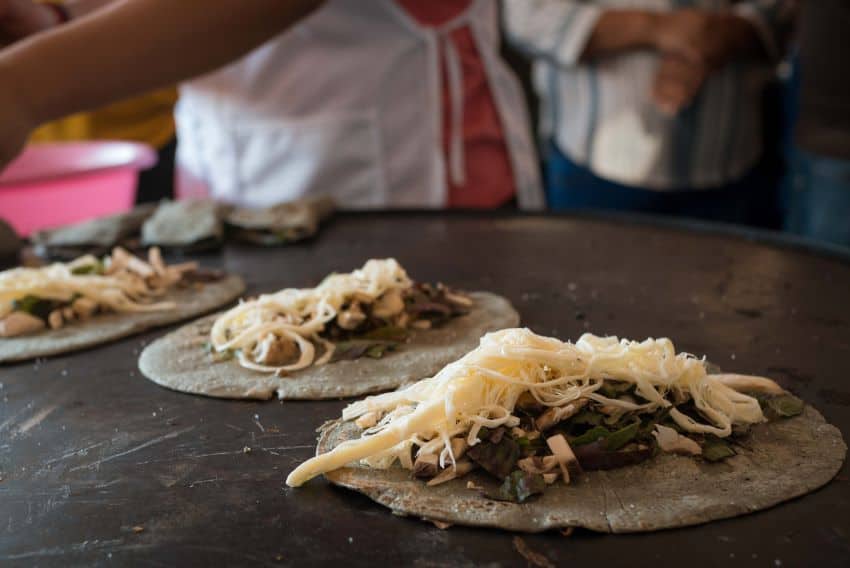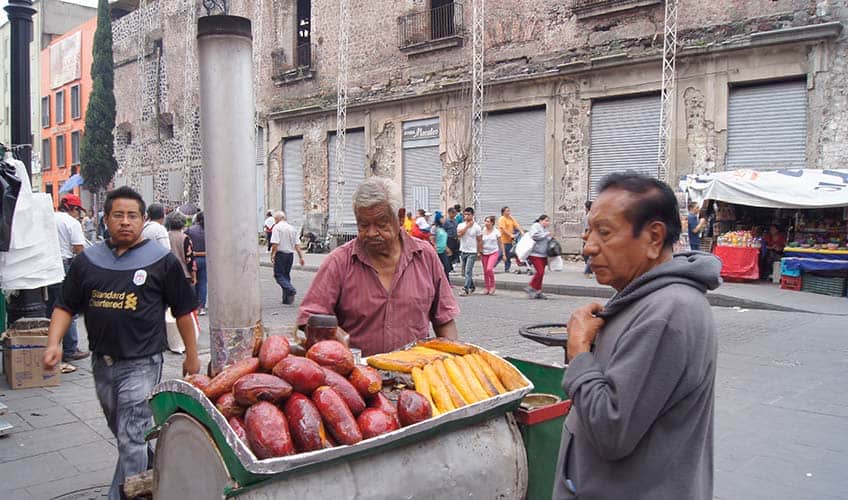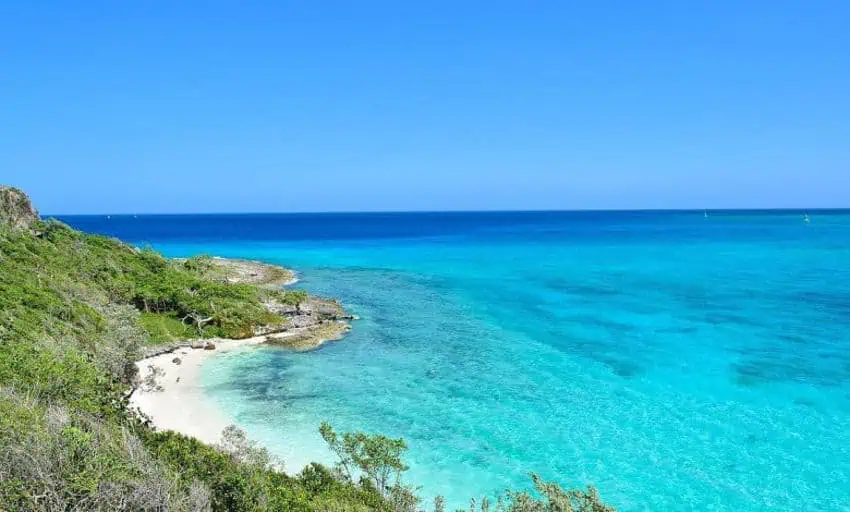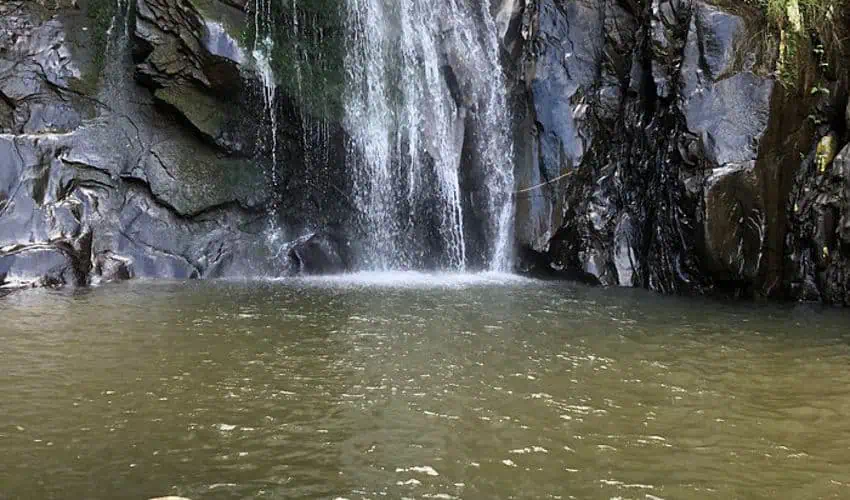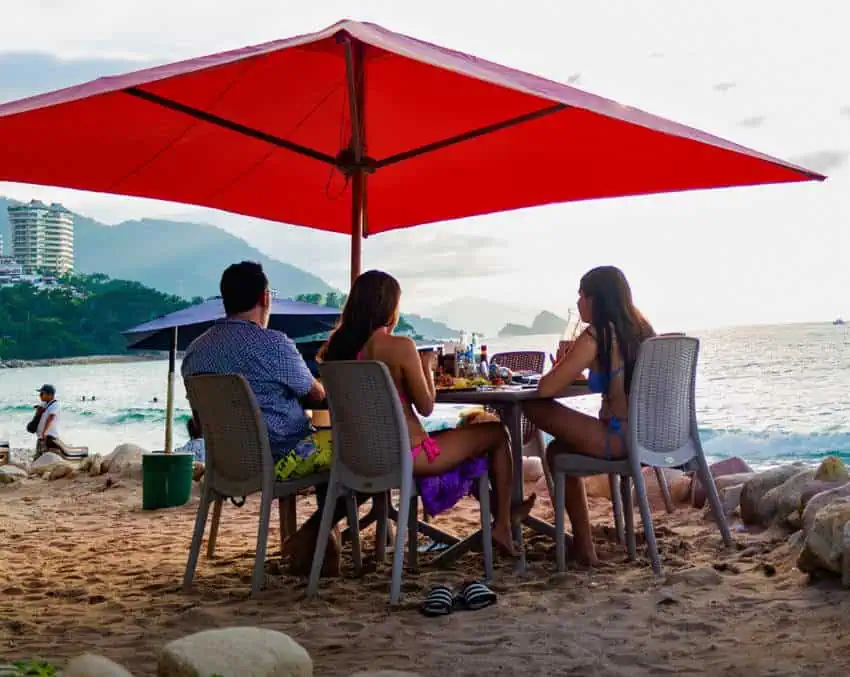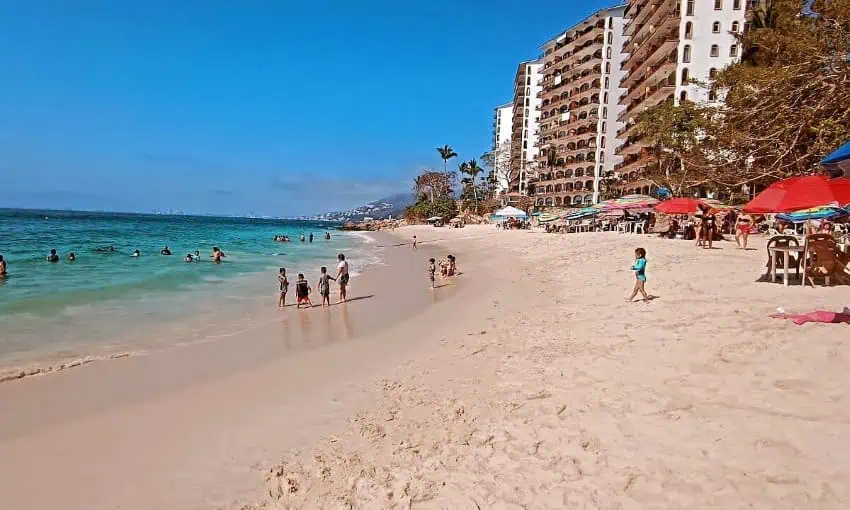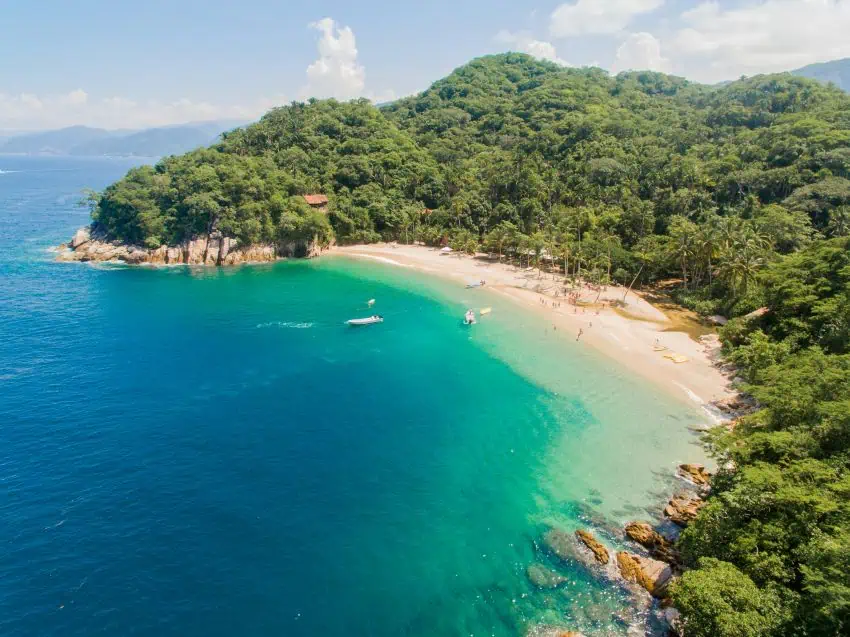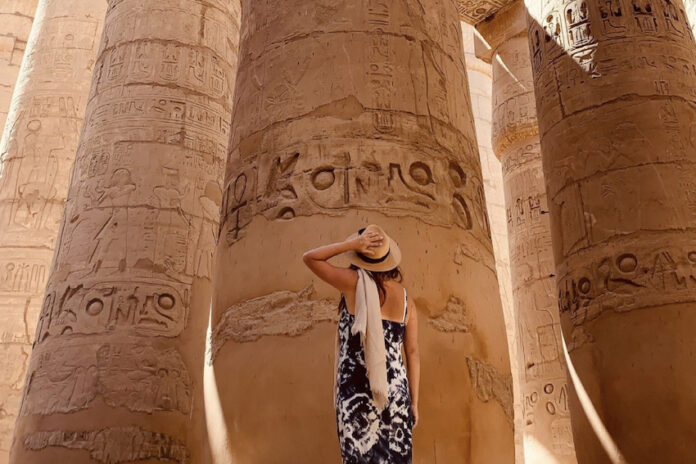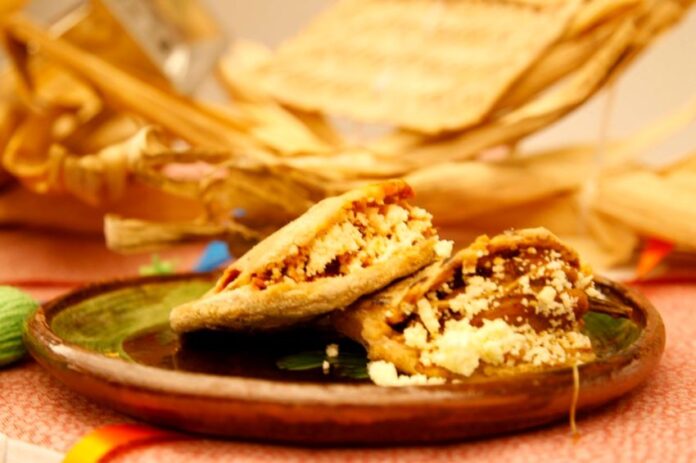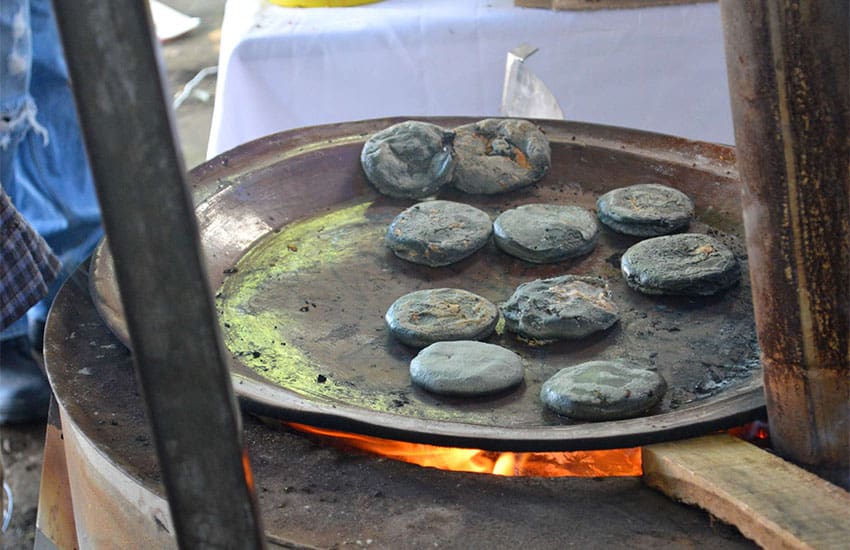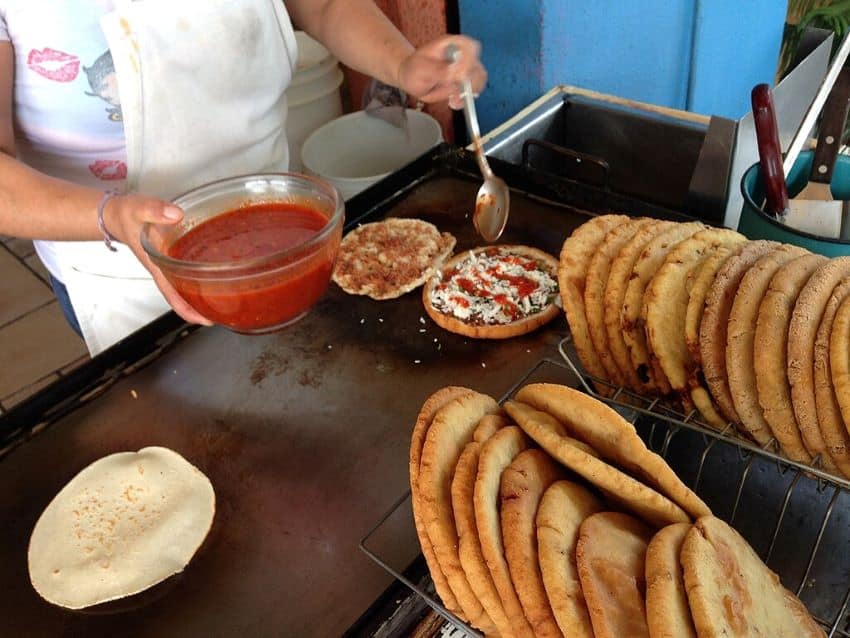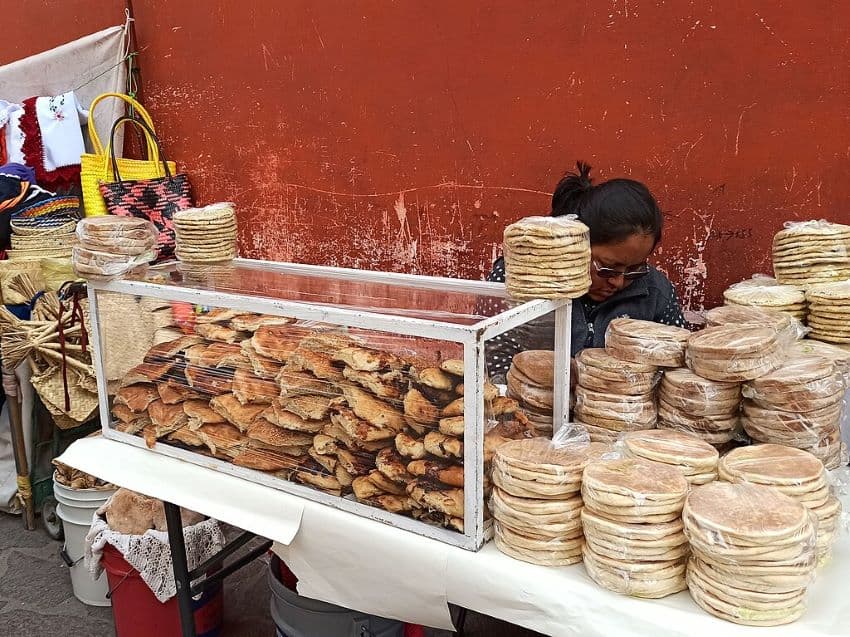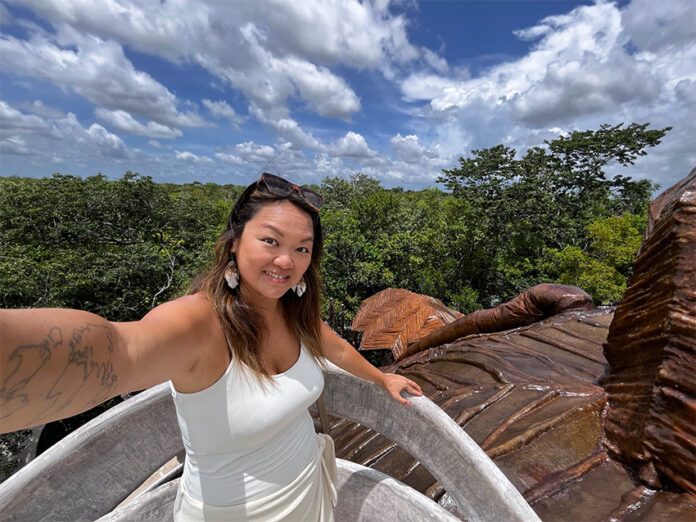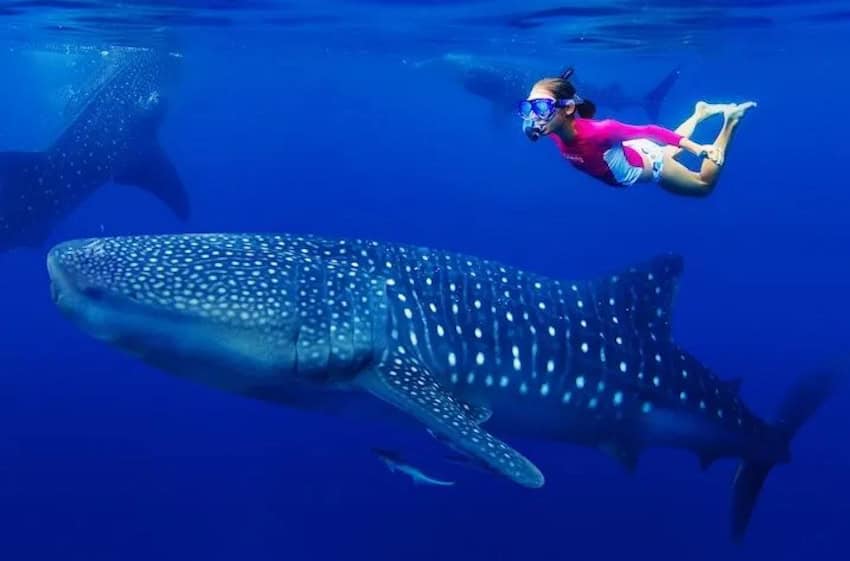We all know the classic vacation destinations in Mexico — the Riviera Maya, Los Cabos, Mérida, San Miguel de Allende and Ensenada and the Guadalupe Valley. Of course, these places continue to charm and attract visitors, but Mexico also has hidden gems for vacationers — places with a unique personalities that have still maintained a low profile, ideal for those seeking to unwind and explore in places with plenty to do but not clogged with bars and partying.
According to the Mexican Association of Tourism Developers (Amdetur), vacation property ownership in Mexico is expected to be one of the fastest-growing segments of tourism this year, with an estimated 6% increase. Mexico is expected to have around 785 vacation ownership developments by the end of 2025.
So, where are the new and rising spots? The ideal places for a vacation home base and a smart investment? Read on to find out.
Compostela, Nayarit
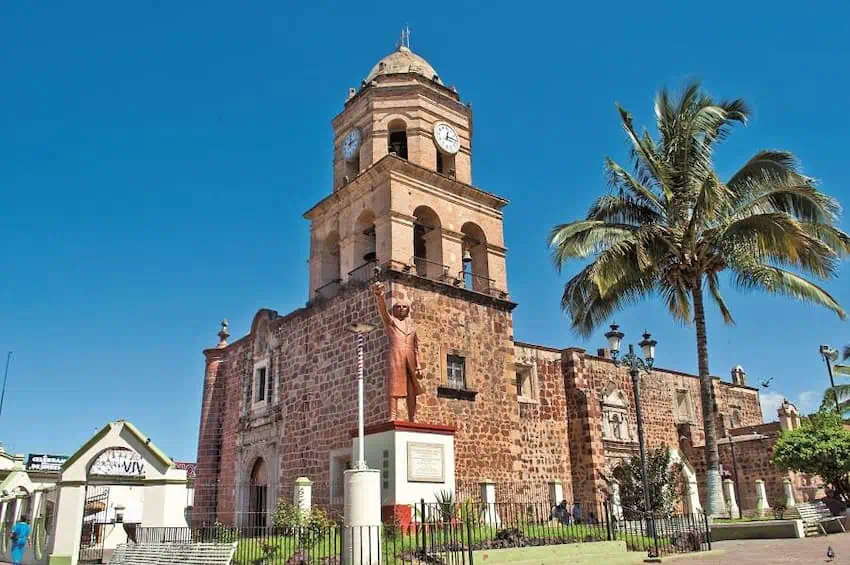
This charming Pacific colonial town, about 30 kilometers from Tepic, is known for its beaches, but it is also home to the impressive lake, El Molino, which is an important ecological reserve home to wild boar, deer, chachalaca, chana, peacock and quail. It’s also a culinary destination for many Mexicans due to its fresh seafood and many food festivals throughout the year. Compostela offers scuba diving, snorkeling, kayaking, parachuting, paragliding, hang gliding, ultralight flying and zip-lining, as well as biking.
In recent years, there has been an increasing real estate development activity, especially in the town of El Monteón around the popular lakeside La Mandarina resort area, which is also less than 5 kilometers from Nayarit’s beautiful beaches.
Valladolid, Yucatán
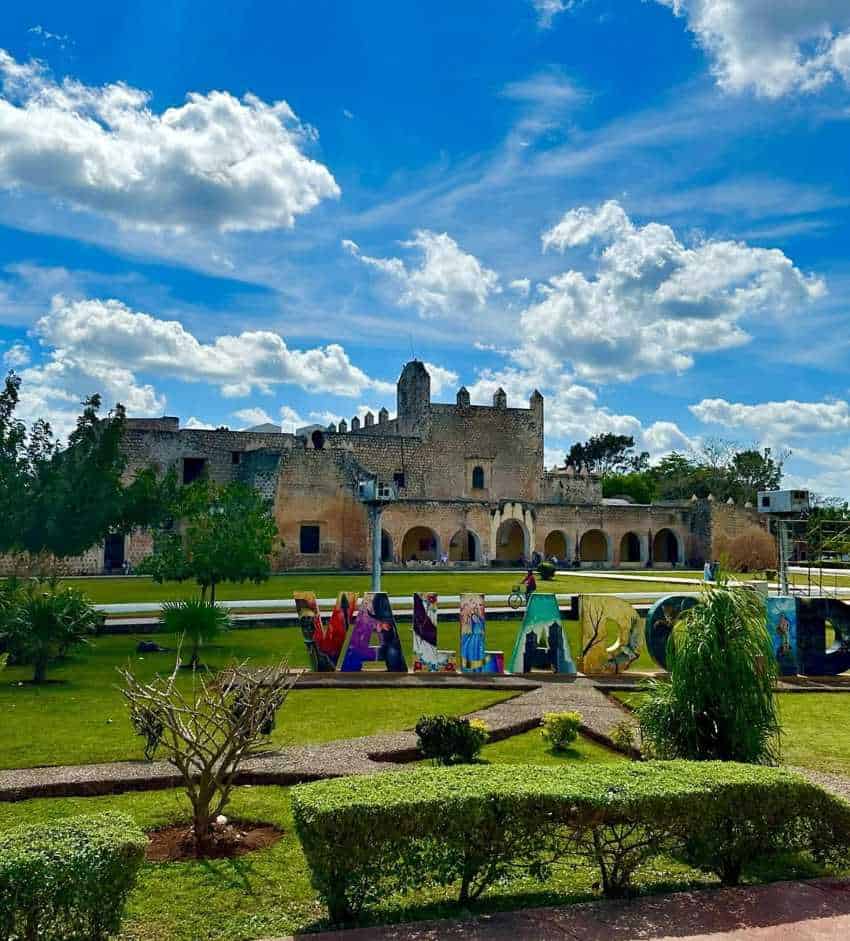
This charming colonial city, also known as “The Pearl of the East,” this Magical Town quickly becoming one of the most visited places in the state of Yucatán. Surrounded by countless attractions — pristine cenotes you can swim in, a colorful historic downtown filled with restaurants and colonial architecture, traditional Mayan beekeeping farms, nearby archaeological sites and the stunning Coloradas (a series of pools whose high salt content gives them an intense pink color).
Valladolid is also one of the most important and fast-developing areas for real estate in Yucatán, thanks to its accessibility from the Cancún and Tulum international airports and its proximity to major archeological sites like Chichén Itzá. According to the report Forecast for the Real Estate Market in Valladolid, Yucatán (2024–2025), this location is set to become a leading destination for real estate investment in the coming years.
Land in Valladolid will remain a cornerstone of this growth, thanks to factors such as rising land values and government incentives to build new eco-friendly tourism infrastructure between 2024 and 2027.
Cadereyta, Querétaro
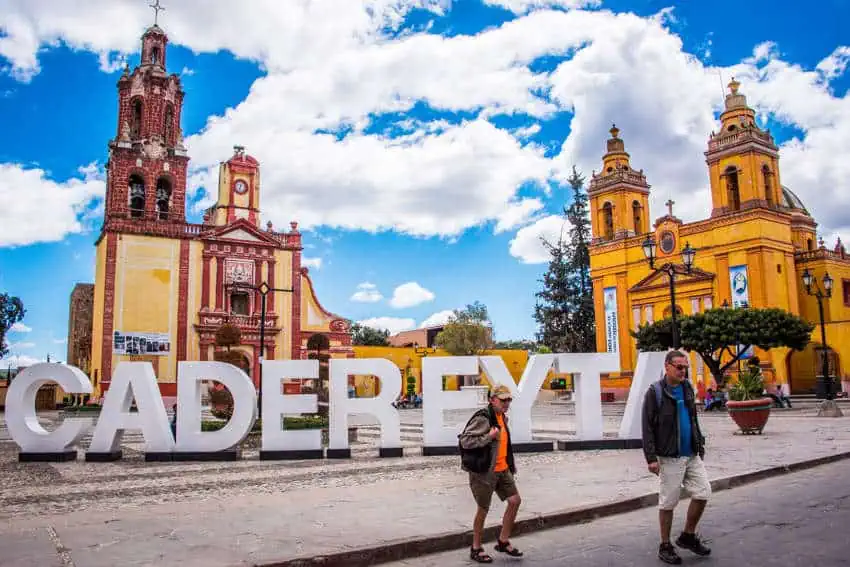
This beautiful Magical Town is renowned for its gastronomy, particularly the Querétaro Wine and Cheese Route. In Cadereyta, you’ll find a wealth of traditional local dishes to sample, including barbacoa de carnero, nopal dishes, local versions of pulque — a traditional Mexican alcoholic beverage that dates back to the pre-Hispanic era — and local sweets.
Fans of outdoor activities can explore Cadereyta’s Grutas La Esperanza caves or hike to impressive waterfalls like Velo de Novia in the nearby community of Maconi. Caderetya also attracts mountain bikers and sky divers, thanks to its breathtaking scenic landscapes, and folks intersted in lesser-known Mexican archaeological sites nearby, such as the Ranas y Toluquilla archeological zone, believed by INAH to date back to A.D. 400.
Luxury housing developments such as La Capilla Residencial offer a potential home base for repeat vacationers or a rental property for Cadereyta’s growing tourism. Located in the heart of Querétaro’s five Magical Towns, it offers promising capital appreciation, security and comfort.
Orizaba, Veracruz
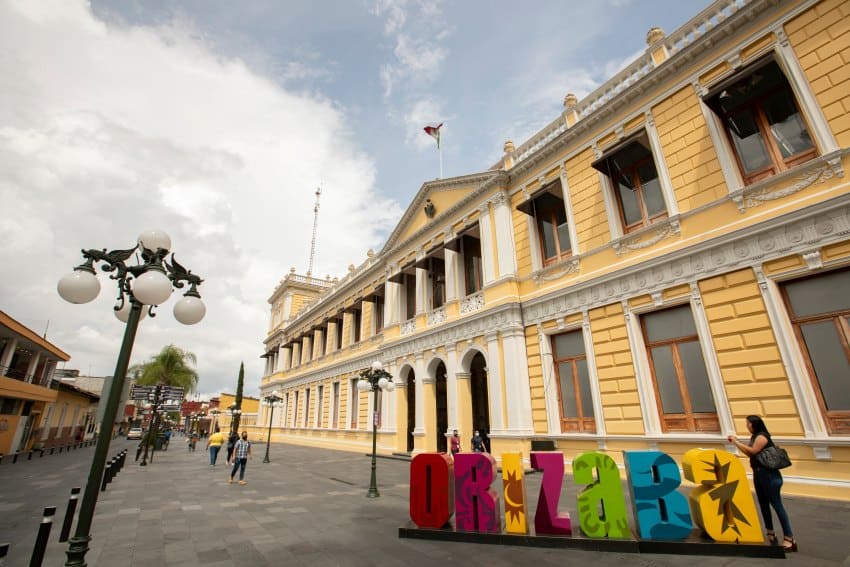
Surrounded by forests and the spectacular snow-capped peak of Orizaba, this is one of the most colorful and picturesque cities in Mexico, with an iconic cable car that reaches the Ecoparque Cerro del Borrego, its botanical garden and the Iron Palace designed by Gustave Eiffel.
According to real estate experts, a high demand for housing is expected in Veracruz, particularly in Orizaba, which has become one of the state’s most visited places in recent decades. It’s a perfect place for vacationers interested in outdoor activities like hiking.
Tlaxcala city, Tlaxcala
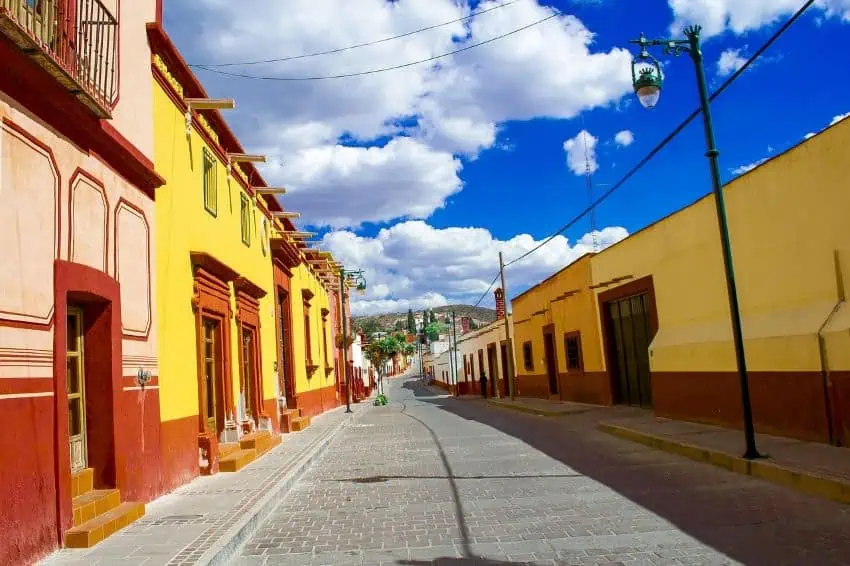
A few months ago, Mexico News Daily dedicated an entire article to discussing what makes Tlaxcala city one of the best places to live or invest in Mexico. Among its advantages is that the state of Tlaxcala has become one of the safest in the country. It’s also one of the cheapest.
Tourists come to this capital city — only 90 kilometers from Mexico City — for its colonial ambiance and its historic and archeological sites, particularly Cacaxtla, known for its well-preserved murals. Tlaxcala city is also rapidly becoming a foodie haven for those interested in Mexico’s ancestral cuisine.
All these factors have driven tourism in Tlaxcala city up by 42% just between 2022 and 2023. And in 2024, the real estate sector grew by between 10% and 15%, according to Israel Moreno Carpinteyro, president of the Tlaxcala section of the Mexican Association of Real Estate Professionals (AMPI). Property values in the state also registered an annual increase of 14.7% during the first quarter, making Tlaxcala city the place to invest in a vacation property while the prices are still low.
Sisal, Yucatán
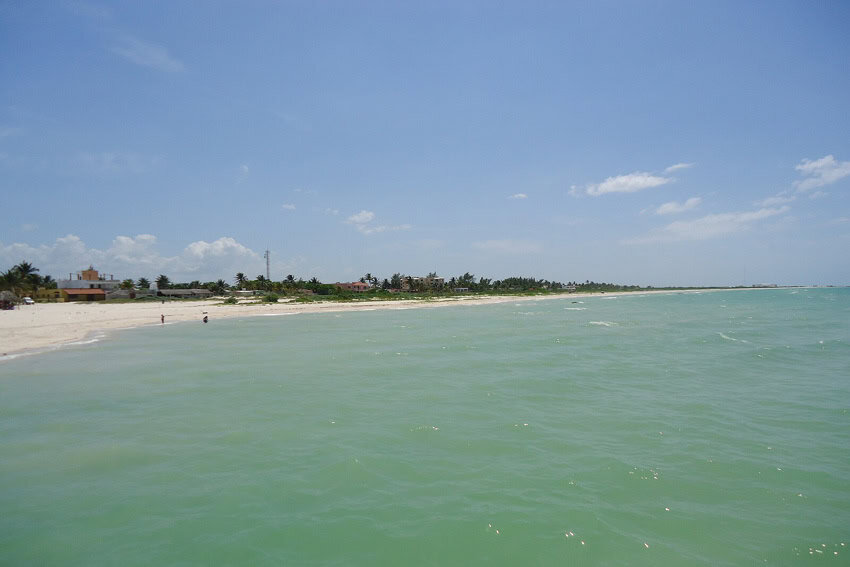
Sisal, on the northwest coast of Yucatán, is a day trip’s ride from the more popular Mérida, with its own treasures to offer: Known for hosting the El Palmar Ecological Reserve, this area is famous for pink flamingo sightings and its turquoise waters and beautiful beaches.
Thanks to its reserve, Sisal remains well preserved. It was officially named a Magical Town in 2020, which has generated significant interest from area real estate investors. It should be noted, however, that there is controversy among residents regarding the promotion of sustainable and orderly development. If you decide to invest in vacation property here, you’ll want to do so responsibly.
Atlixco, Puebla
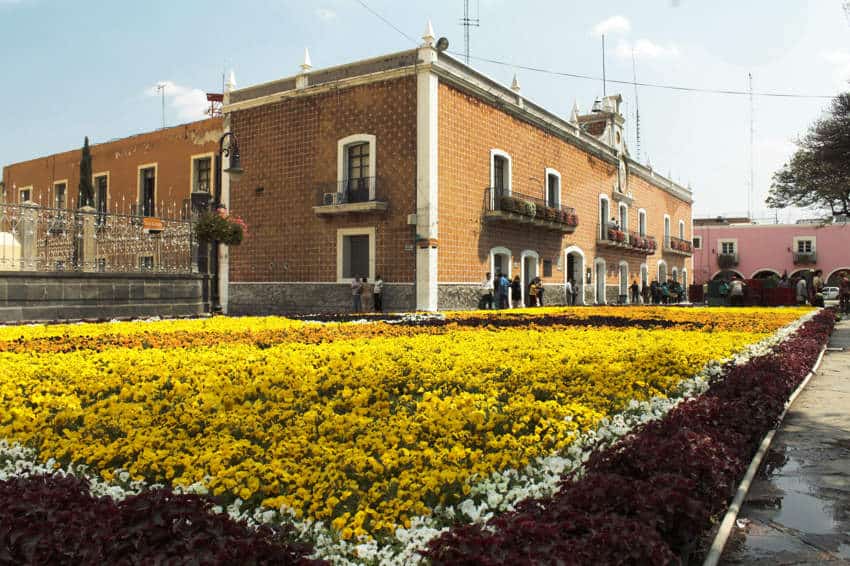
Known as the “city of flowers” due to the richness of its fields, Atlixco is filled with tradition and history. In recent years, it’s become the most visited city in Puebla, rated as one of the best tourist sites in Mexico in 2024, according to Booking.com. Located just 25 kilometers from the capital, Atlixco is also one of the most affordable of Mexico’s Magical Towns in which to buy property.
Atlixco has several water parks for family vacation fun in spring and summer, an abundance of flower markets famous across Mexico, the Indigenous Huey Atlixcáyotl harvest festival every September, and the Cerro San Miguel, where you can take in sweeping, panoramic views of Atlixco and its surrounding valleys.
Thanks to these attractions and more, Atlixco’s Airbnb market in 2025 is stable and growing, with the city attracting 1.2 million tourists per year. According to the property investment site, airroi.com, the year-on-year revenue increase in Atlixco’s short-term rental market was 3% between June 2024 and May 2025, making this historic city a promising place to invest in vacation property.
Finally, special mentions go to:
- Mascota, Jalisco, a beautiful colonial town located near the Western Sierra
- Mineral de Pozos, Guanajuato, another gorgeous colonial town surrounded by old mines that got international attention in 2021 when it hosted the Mexico selection of the prestigious wine competition, Concours Mondial de Bruxelles.
- El Oro, Hidalgo, also a colonial mining town that’s enveloped by a forest known for welcoming migrating monarch butterflies.
Ana Paula de la Torre is a Mexican journalist and collaborator for various outlets including Milenio, Animal Político, Vice, Newsweek en Español, Televisa and Mexico News Daily.
